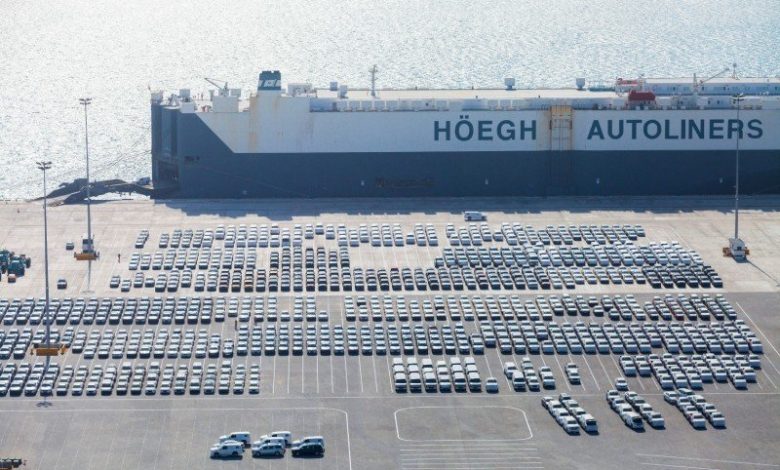Dynamar warns on disconnect between global car sales and seaborne trade volumes

Are there too many giant car carriers trading? Analysts at Dynamar suspect the rapid fleet escalation does not tally well with the actual number of cars transported around the world.
In the second edition of Dynamar’s report ‘Deepsea Ro/Ro Shipping II’ analysts muse whether the largest car carriers afloat have similar business risks as their giant container cousins.
“The LCTC, short for Large Car and Truck Carrier, is a vehicle carrier with a minimum capacity for 7,000 CEU (Car Equivalent Units),” Dynamar explained. “The largest among them are Post Previous Panamax (PPP), in other words these are too big to pass through the original (old) Panama locks. As of June last, 47 PPP Large Car and Truck Carriers were operating with another 45 on order.”
Hoegh Autoliners operates the largest of them all: six 8,500 ceu units.
“The question is, alike with 22,000 TEU container ships whether given recent market dynamics such huge vessels are not a bridge too far,” Dynamar’s report asked.
While global production of motor vehicles continues to grow, by 4.6% in 2016, the number of cars carried declines: some 4% last year, according to Dynamar data.
“The key driver of this is the expansion of car production closer to demand. This development, which started after crisis year 2009, has now led to a disconnect between expanding global car sales and seaborne trade volumes,” Dynamar warned.
